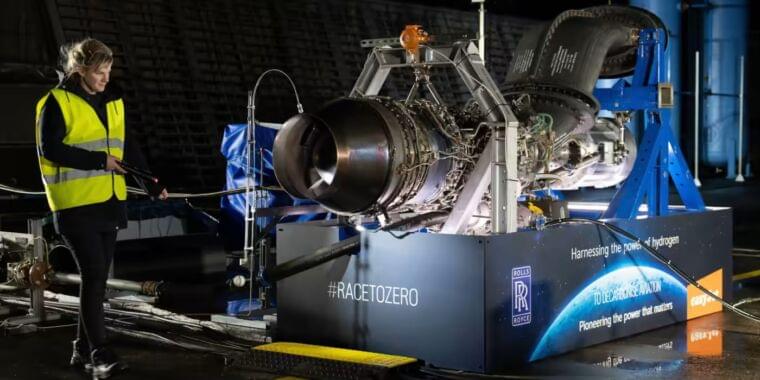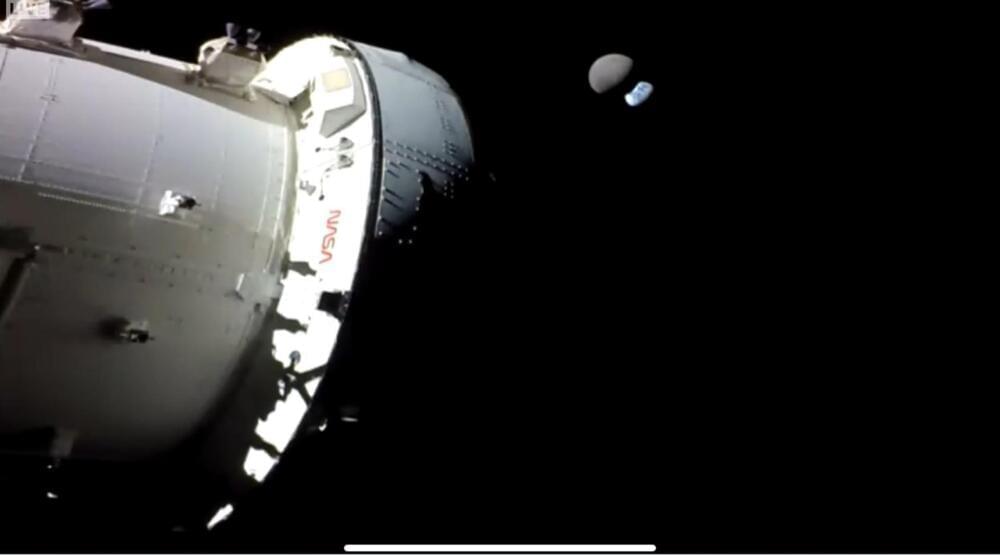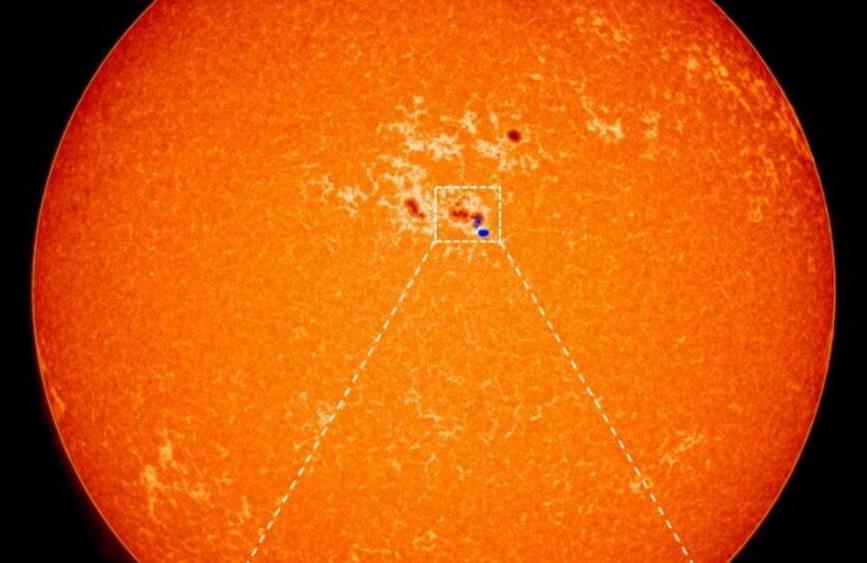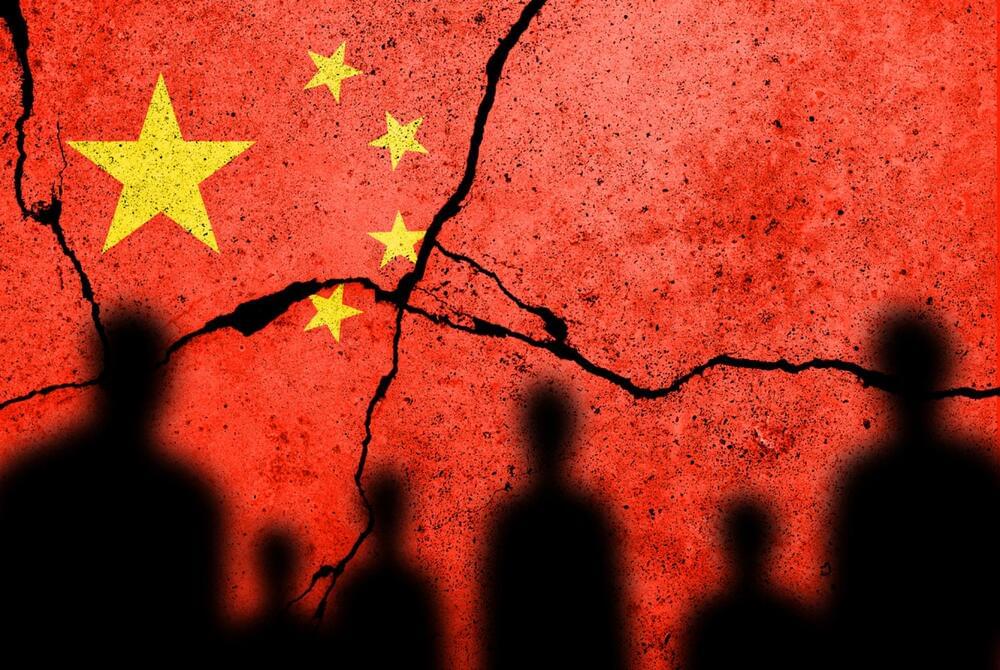British engineer Rolls-Royce has successfully used hydrogen instead of conventional jet fuel to power a modern aircraft engine in a world first for the aviation industry, according to the company.
The ground test, which took place at a government test facility at Boscombe Down, used green hydrogen generated by wind and tidal power from the Orkney Islands in Scotland.
Rolls-Royce used a converted AE 2100-A turboprop engine that powers civil and military aircraft to conduct the test in partnership with easyJet.









